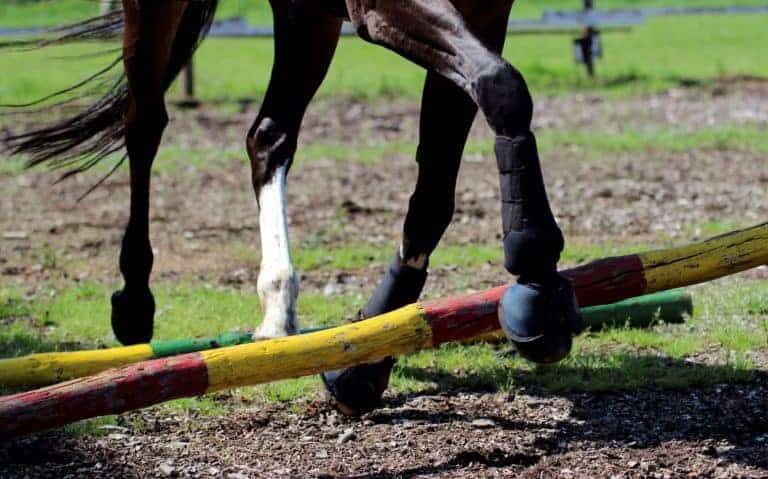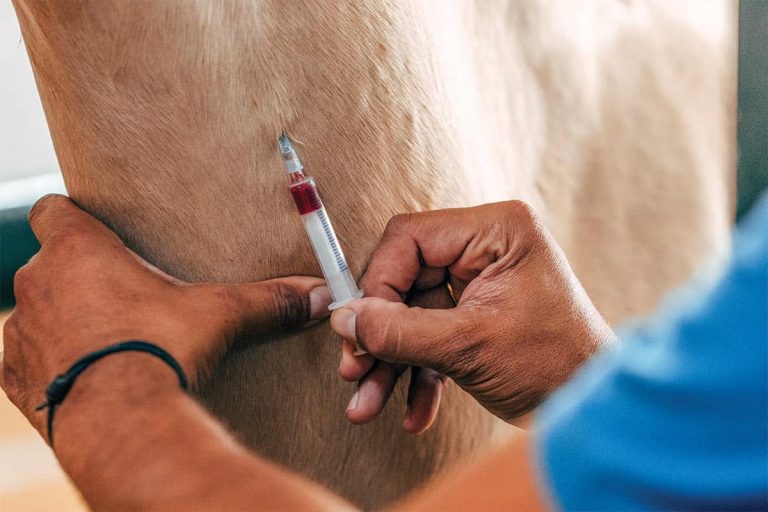Muscle Disorders in Warmbloods Easily Diagnosed through Biopsy
Owners of Warmbloods with debilitating–or sometimes just plain baffling–muscle disorders can get useful and reliable answers about their horses’ conditions through a relatively simple muscle biopsy. So say University of Minnesota researchers,















